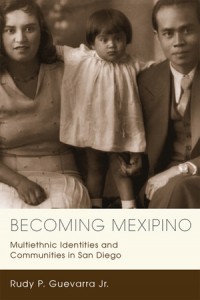This section requires a brief moment of intellectual self-aggrandizing, and I apologize for that, but how race impacted my high school experience can only be understood in the context of what my high school meant for the city on a whole. Stuyvesant High School, initially founded as a trade school for boys in 1904, is a name with real power in New York. This power came from the expectations of a student going to Stuyvesant: it was an academic pressure cooker, a sink-or-swim environment and a feeder for the Ivy League and top-tier universities worldwide. Multiple schools like MIT, UChicago, Yale and Harvard employ admissions officers whose specific jobs are to deal with the Stuyvesant application pool. We boast multiple Nobel prize winners, Fields Medals, Intel Science Search winners, and influential alumni both in and out of the academy.
These are the sorts of things one might expect from an affluent private school. They are not common for a public high school with a majority of students qualified for free or reduced lunch. The element of economic diversity for Stuyvesant, combined with its role as a stepping-stone for a number of first generation immigrants led to its place as a source of constant pride for New York. A group of talented and ambitious low-income kids who, based on a single test, are admitted into the “elite” company of students who attend the school.
The question on the table is whether this economic diversity was enough to speak for one of the largest racial divides in high schools across the country. Eleanor Archie, an Assistant Principal during my time at Stuyvesant, was quoted as referring to the 11 black students admitted in 2013 as the fewest she’d seen in the 20 years she’d been there[1]. Currently, the school is 72% Asian, 21% White, 1% African American and 2% Hispanic. Black and Hispanic enrollment has been declining for a variety of reasons, some of which include former principal Stanley Teitel’s decision to end Summer Discovery, a program that allowed underscoring students to attend classes over the summer to earn an admissions slot. The Summer High School Institute, a program designed to help bolster underrepresented minorities, has seen a slew of budget cuts since its inception. Outreach to schools zones like District 7, poor and with few resources, is minimal, while normal support networks like families and communities come to the growing understanding that schools like Stuyvesant were never meant for them.
Whenever I brought up this astounding lack of representation for African Americans, Indigenous or Hispanic groups, I often received the response that Stuyvesant was diverse where it matters—in terms of class. What this economic diversity showed was that anyone could make it to my high school, and that the lack of racial diversity indicated a cultural problem within those racial categories. This was an objection essentially rooted in Marx. When he wrote that history was “hitherto existing society is the history of class struggles”[2], he was not ignoring the colonial legacy of the early 19th century. He was placing that legacy as a direct problem of the economic ramifications of colonial rule. Colonial Marxists, like Frantz Fanon, could be seen in turn as developing these relationships as subject to the one of capital.
It is fascinating, then, that the philosophy of Marx is used in a conservative sense. The status quo of Stuyvesant is fully operational so long as it continues to subvert traditional classist assumptions about the role of income in determining long-term prospects. Setting this remark aside, these responses also demonstrate how racial comprehension failed in this environment where racial diversity was stratified. The discussion of “cultural problems”, for example, ignores a long history in which education was a valued characteristic, and how it steadily became de-valued as a function of racial discrimination. Any cursory glance at the rise and fall of Black Wall Streets demonstrate this. Further, the lack of serious representation within such an environment rapidly pushed discussions past points where they would normally be called out on their directly racist mentalities. As it is, the rationalizations created by classmates when a number of white male students created a video targeting a black female classmate based on race and gender reveal is astounding[3].
But here is a point where my experience as Multi Racial diverged from traditional minority narratives. The fact that I was also Chinese as well as Jamaican meant that the discomfort triggered by racial episodes also included the flattening of Asian experiences at the school. The same New York Times article that lamented the loss of African Americans at Stuyvesant would also hint that Asian representation was too high[4]. Descriptions of the Asian population as “invading”, or as particular Asian students as functionally equivalent contributed to an odd discourse in which no minority was really safe from critique. There was, of course, usually one face to represent Asian Americans at Stuyvesant: a Chinese one. This is despite the conceptual boundary between populations of people like Indians, Afghans, and Pakistanis and what American consciousness conceptualizes as “Asian”. As an example, it was not Chinese Americans who were targeted after 9/11. What’s more, the difficulties for some students in terms of being first generation, or largely lower class tend to be ignored when constructing this monolithic entity of “Asian”. It was almost as Asian-ness gave its beholder some sort of super power, which rendered the model minority myth and the elements of discrimination with which it is associated irrelevant.
In a world where all people are monoracial, the polarizing nature of model minority versus under represented minority may have been discomforting, but probably did not trigger existential crises. Was I taking advantage of one identity to bolster another? Is this an acceptable way to further underrepresentation? Am I a sell-out? I was expected to have fully developed answers to these questions by the age of 14, and as soon as I began talking about these things, I could expect my peers on both sides to remind me that I was not “Black” nor “Chinese” nor “White”. Paradoxically, I was also expected to “pick” a side, regardless of how well my peers policed those conceptual boundaries. One classmate, for example, insisted on reminding me that college admissions, would only see me as African American. And since my classmate’s impression of African American was uniformly that of the inner city, gangs and violence, I had no right putting that down on my application.
These sorts of statements were deeply ironic. I wasn’t Black enough to make it acceptable for college applications, but I was Black enough for girls to explicitly mention that their fathers would kill me if I touched them. I was Black enough to transform into an expert on slavery, reparations and segregation in the inner city for classes that could be devoid of darker faces. But, for whatever reason, I was challenged to put down only “Chinese” or “Chinese and White” on college applications. The fact that I had the audacity to identify with all parts of my empirical identity was a challenge in the atmosphere of hyper-competitive college admissions season.
I pre-empted this section by asserting that what mattered less was the empirical reality of race, and more what people saw of me. The signifier shifted from my mother, to what conceptual expectations my classmates had of particular racial distinctions, and where I stood in regards to expectations. This was also true of the world at-large. Prior to my arrival at Stuyvesant, people normally guessed at my ethnicity as “some kind of Latin American”. If they knew I went to Stuyvesant, these guesses shifted to “Middle Eastern, or maybe Jewish”. I had little say in how I was perceived, or what was assigned to me. In multiple areas of institutional applications, I had to pick whatever ethnicity I best identified with, and I doubt Stuyvesant included my cross-out of the Scantron bubbles, and the write-in, “Multi Racial” as an option in its report to the Board of Education.
While my identity was not directly negated in high school, it was undermined at many turns. However, I recognized the source of that undermining as classmates who, for the most part, had their own systemic problems with which to deal. I rejected class as the primary point of tension, but a majority of us knew and understood the experience of being low-income as a large difficulty. A number of friends were frustrated by a lack of understanding as to why affirmative action helped make a level playing-field, but I found it easier to discuss with my high school classmates, a majority of which had their own problems navigating the racial hierarchy.
The transition to the University of Chicago thus became a similar marker. I had spent eighteen years in New York, living amongst an incredibly diverse array of experiences in gender, race, class and orientation. Chicago, despite its “quirky” reputation, was largely an engagement with normativity in every respect. I had seen stereotypes of what life was like West of the Hudson River, but I had little real experience in engaging with that world. Unfortunately, there was little warning that I would be expected to engage individuals who had as little experience in diversity as I had in normativity.
By: July 2014 Guest Blogger- Marley-Vincent Lindsey
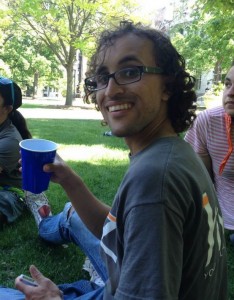
Marley-Vincent Lindsey is a freelance writer and independent researcher located in New York. He recently graduated from the University of Chicago with a degree in history and is primarily interested in 16th century Colonial Spain, the influence of Christianity on colonial institutions, subaltern studies and postcolonial theory and the relationship between digital media and history. He will be presenting at the Sixth Annual Conference on Power and Struggle hosted by the University of Alabama, and is publishing a paper entitled “The Politics of Pokémon: Socialized Gaming, Religious Themes and the Construction of Communal Narratives” in the forthcoming volume of Heidelberg Journal of Religions on the Internet. When he’s not on the academic grind, he’s probably playing Starcraft and other related strategy games, skating or thinking about contingency plans for the zombie apocalypse. He can be contacted via email (mvlindsey92@gmail.com) or through his notebook-blog (mvlindsey.wordpress.com). He also really likes cats.
(due to an abundance of spam, we’ve had to turn off comments here, but please head over to our Facebook page – we’d love to hear and share your thoughts there! facebook.com/MixedRootsStories)
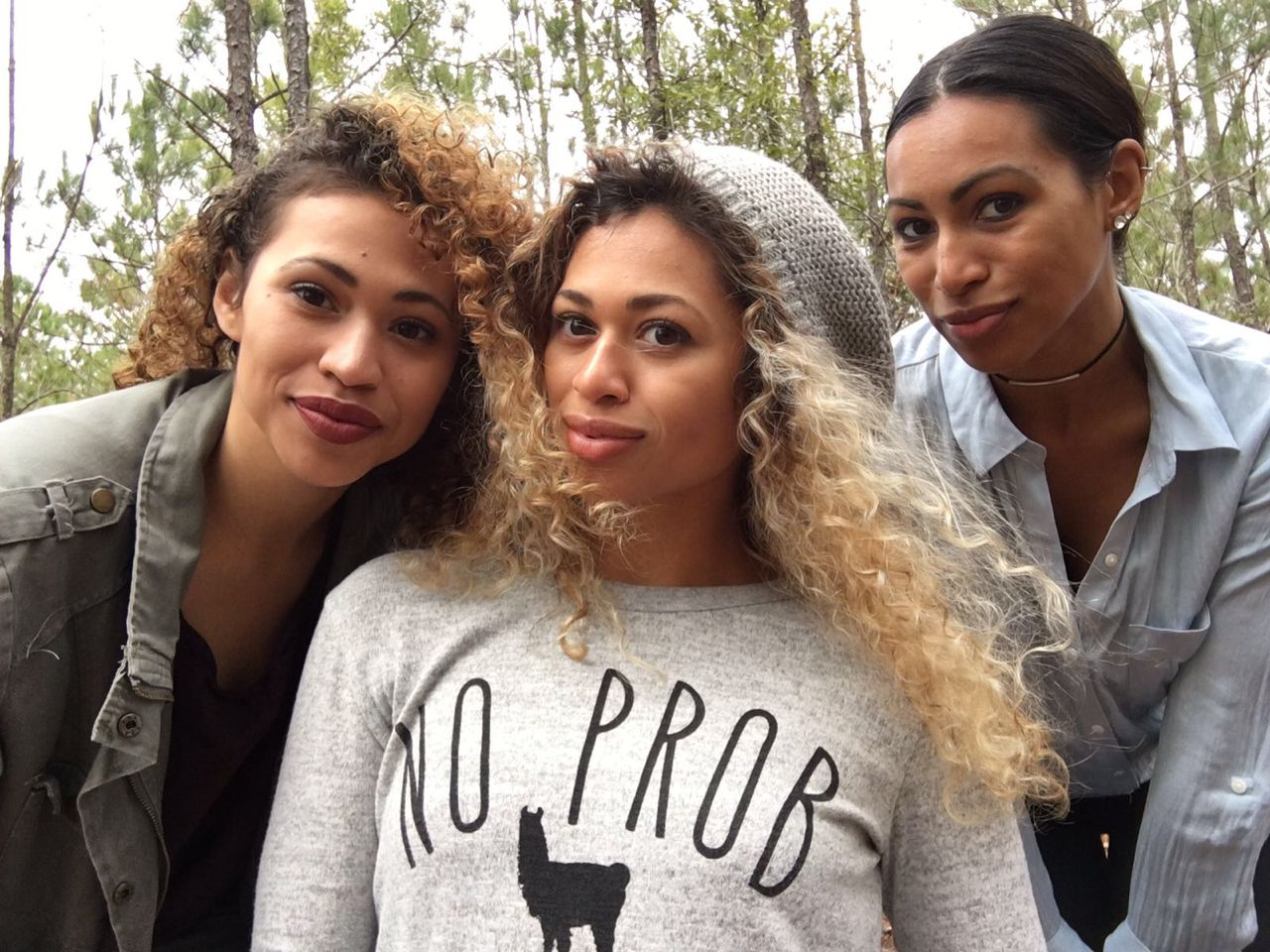 Megan Rudnik received her B.S. in International Business with a minor in Spanish and her MBA from Winthrop University. Since graduating, Megan spent 2 years in the eace Corp, serving in Panama. She also recently completed 4 months in China teaching English.
Megan Rudnik received her B.S. in International Business with a minor in Spanish and her MBA from Winthrop University. Since graduating, Megan spent 2 years in the eace Corp, serving in Panama. She also recently completed 4 months in China teaching English.
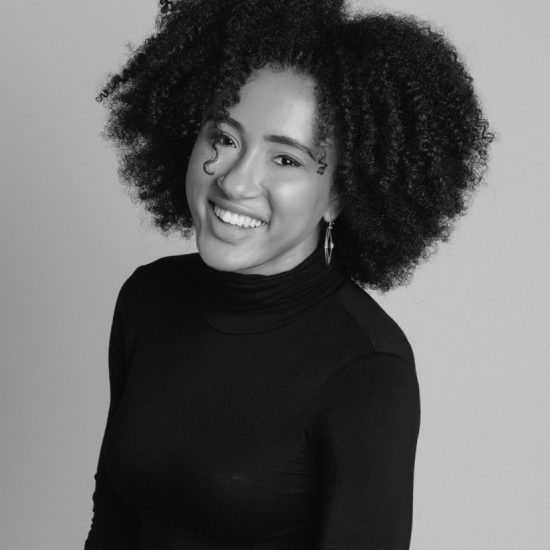

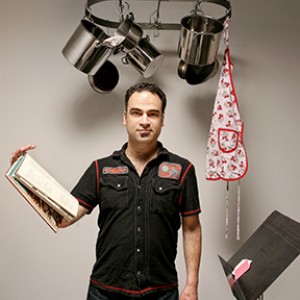 Robert Farid Karimi
Robert Farid Karimi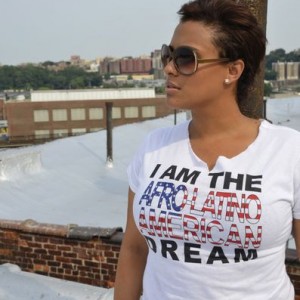 Crystal Shaniece Roman
Crystal Shaniece Roman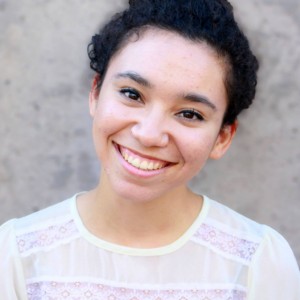 Carly Bates
Carly Bates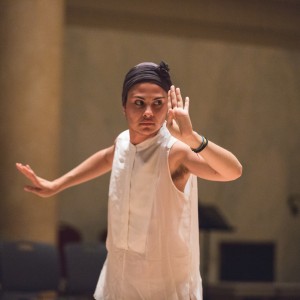 Zavé Gayatri Martohardjono
Zavé Gayatri Martohardjono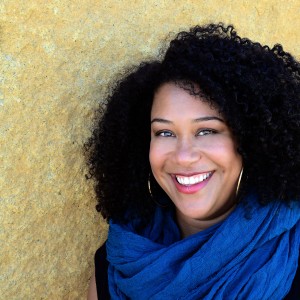 Lisa Marie Rollins
Lisa Marie Rollins Fred Sasaki EAT TO JAPANESE: Achieving ethnic authenticity by eating, shopping, emojis
Fred Sasaki EAT TO JAPANESE: Achieving ethnic authenticity by eating, shopping, emojis
